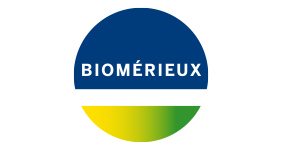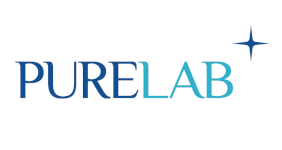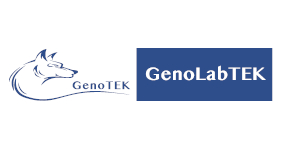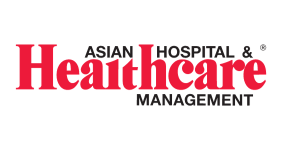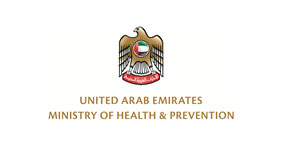COVID-19 ushering in a new era of healthcare preparedness
Increase in alternate testing sites that can provide more affordable and accessible services:
An increase in POCT for infectious diseases will be inevitable, but a change in service models is looming with alternate testing sites such as pharmacies becoming permanent ecosystem participants. Many patients, particularly the elderly and chronically ill, are avoiding healthcare facilities out of fear of infection. Hospital-based elective and non-emergency laboratory diagnostics have decreased as a result of the reallocation of resources toward caring for COVID patients, especially in public and government hospitals. Investment in IVD in non-healthcare settings and remote health schemes is expected to increase during and after the pandemic as customers recognize the convenience and interlinkage with digital health solutions. Traditional models of IVD testing in a healthcare setting are unable to meet unprecedented demand, so retailers, including CVS, Walgreens, Target, and Walmart, are building the infrastructure to offer IVD testing at their locations.
Population surveillance to curtail COVID-19 Spread:
Catapulting demand for POCT globally now more than ever, governments and healthcare facilities are seeking faster and more accessible COVID-19 diagnostics to free up resources and monitor containment efforts. WHO recommends POCT as an immediate priority to combat COVID-19 and serology tests to facilitate the clinical management post-pandemic. As alternate care venues emerge, the adoption of POCT will increase. Accordingly, the regulatory bodies of all the major countries such as the US and EU are granting immediate authorisations and incentivising the industry to innovate to develop tests for COVID-19. Under these guidelines, the US FDA has approved more than 30 tests, including the Abbott ID NOW COVID-19 test that can be performed at the point of care and detects an infection in less than 5 minutes.
Pervasive population testing is expected to be mandated in some settings to allow for the gradual abatement of quarantining efforts. Also, as quarantine measures are gradually reduced, COVID PCR testing is being mandated to allow travel and entry into some types of facilities. This is expected to increase the demand for COVID PCR testing for private laboratory providers. The demand for convenient IVD testing will persist after the pandemic subsides if other frequent, routine tests can be offered in the same manner. However, manufacturers will have to conduct external scientific studies in various clinical settings to evaluate overall diagnostic performance. The integration of additional data with patient electronic health records (EHRs) will demonstrate to doctors, patients, and other stakeholders the value of alternate avenues of POCT, increase the efficiency of healthcare, and improve patient outcomes. Prospective partnerships between retailers, health insurers, and IVD developers could facilitate broader access to a wider array of testing options that lessen the burden on the healthcare system.





